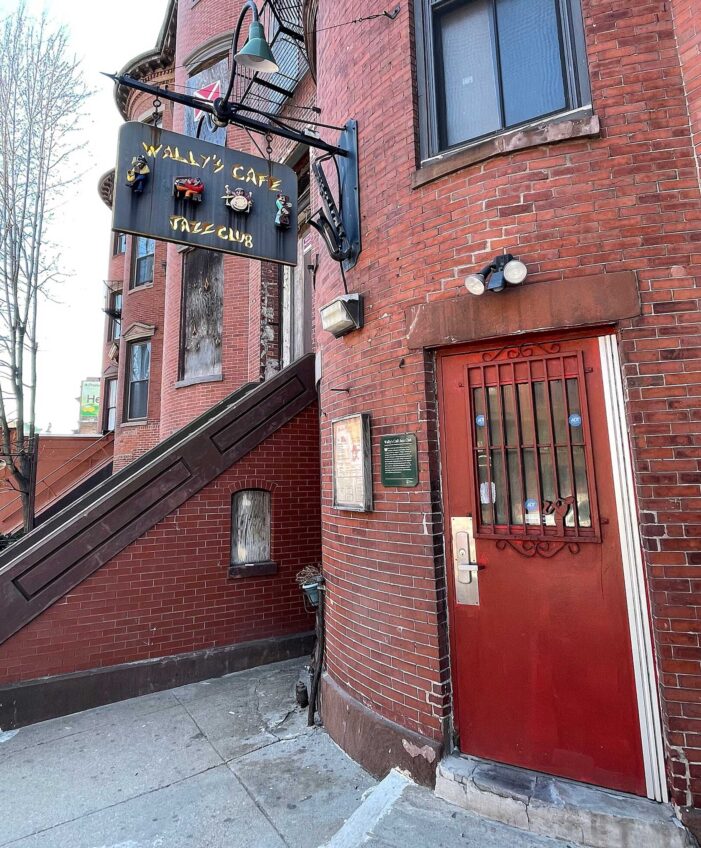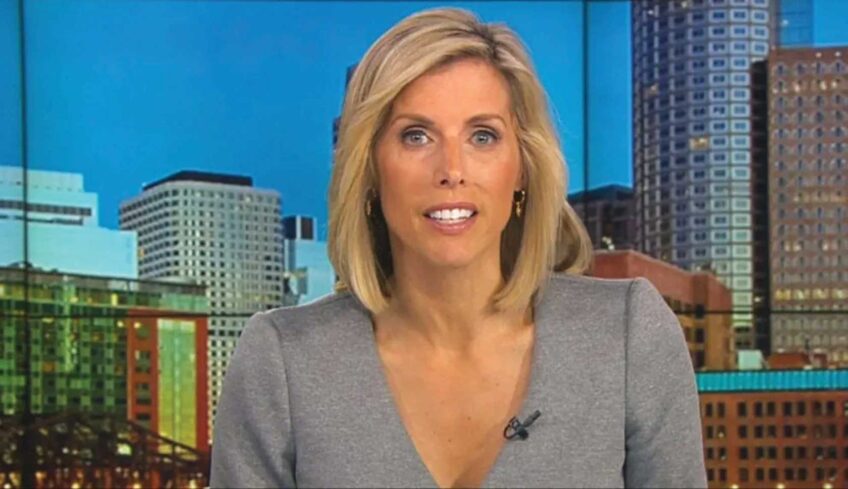New York City stands alone when it comes to wealth, according to The Business Journals Wealthy 1000, a new ranking of the nation’s wealthiest ZIP codes based on a weighted formula that looks at a number of wealth metrics.
Nine of the top 10 ZIP codes were in the New York City metro area, an area among the leaders in million-dollar earners. At the top is ZIP code 10011, which includes the Chelsea neighborhood of Manhattan.
It’s not a huge surprise that the Big Apple would dominate the list — given its pricey real estate, its status in the financial world and its place in the national economy.
But New York’s dominance wasn’t the only storyline from the inaugural Wealthy 1000. The list includes some surprising wealth magnets and illustrates some emerging trends among high earners, as well.
How we calculated the Wealthy 1000 rankings
The inaugural Wealthy 1000 used data from the U.S. Census Bureau, the 2022 American Community Survey and Zillow Group Inc. The formula analyzed income, home equity, estimated savings, poverty rates and population density to identify areas with the greatest concentration of wealth.
The ranking also included a minimum threshold of $70,000 of per-capita income, to eliminate ZIP codes with high population density but otherwise lower income levels coupled with relatively high poverty rates.
Top of the list
The top 25 ZIP codes from the Business Journals Wealthy 1000 were clustered around the nation’s most populated metros, including New York, San Francisco, Chicago, Miami and Boston.
California (190) had the most ZIP codes on the list, followed by New Jersey (111), New York (95), Massachusetts (79) and Florida (57).
Among California’s ZIP codes, 73 were in the San Francisco area. Los Angeles accounted for 20 ZIP codes, while San Jose (12) and San Diego (10) also exhibited high wealth density.
In large part because of the concentration-of-wealth focus, some states were not represented among the Wealthy 1000, including Alaska, Montana, North Dakota, South Dakota, Wyoming and Vermont.
Although several of those states have higher-than-average GDPs per capita, some also have a high concentration of vacation homes and ranches, which were not factored as official households for this analysis.
According to Brookings Institution demographer Bill Frey, who analyzes census data and projections, non-metro areas have continued to see steady population gains beyond the pandemic, while the real fluctuation happens in more densely occupied areas.
“It’s kind of a seesaw between large metros and middle-sized metros,” he said. “Non-metro is a huge category with thousands of counties, but right now the exurban counties are doing a lot better than ones out in the middle of the Midwest or anything.”
Poverty rates also tempered the weighted formula, resulting in the exclusion of all ZIP codes from Mississippi, Louisiana and West Virginia.
Conversely, education levels — as measured by the Census — were considered in The Business Journals’ proprietary formula.
Among the top 10 ZIP codes, an average 78% of residents achieved a bachelor’s degree or higher. That tacks with a recent Georgetown University report that determined Americans with a bachelor’s degree can expect to earn an average of $1 million more over the course of a lifetime than those without.
Recent wealth migration favors less populated states
That said, American money is on the move.
IRS data found Louisiana, Montana and Vermont all saw the largest increase in million-dollar earners from 2020 to 2021.
Additionally, the Sun Belt has experienced a surge in migration over the past decade — a trend that accelerated during the pandemic.
“Many high-income people whose jobs were remote moved to less-expensive areas,” said Scott Fulford, senior economist at the Consumer Financial Protection Bureau and author of “The Pandemic Paradox: How the Covid Crisis Made Americans More Financially Secure.” ”Top destinations included Montana and Idaho, as well as other states such as Vermont and West Virginia, which are close enough to big metropolitan areas to still make the occasional trip.”
Despite gains, wealth gap has widened
From February to April 2020, 25 million workers lost their jobs. It took two years for national employment levels to stabilize again. In the meantime, consumer prices increased sharply in 2021.
But a recent report by Pew Research Center, based on U.S. Census data, revealed the average American household experienced at 37% wealth increase from 2019 to 2022.
“Wealth surged because home prices increased and the value of investments such as stocks and bonds also went up,” said Mark Hugo Lopez, director of race and ethnicity research at Pew Research Center.
But while all demographics saw some wealth increase, due in part to federal government stimulus packages and higher wages, households with higher earnings made much sharper gains.
“Wealth gaps have gotten wider in the last five to seven years, partially due to home prices and investments … but at the same time, we see this rise in gap between white and Asian households on the one hand and Hispanic and Black households. On the other, we see a growing disparity within each one of the racial and ethnic groups,” Lopez said. “Even among, say, Hispanic Americans, you see a widening of the gap between those who are poor and those who are wealthier in terms of their household net worth.”
This story was originally published in The Business Journals on June 5 and updated June 11, 2024.






